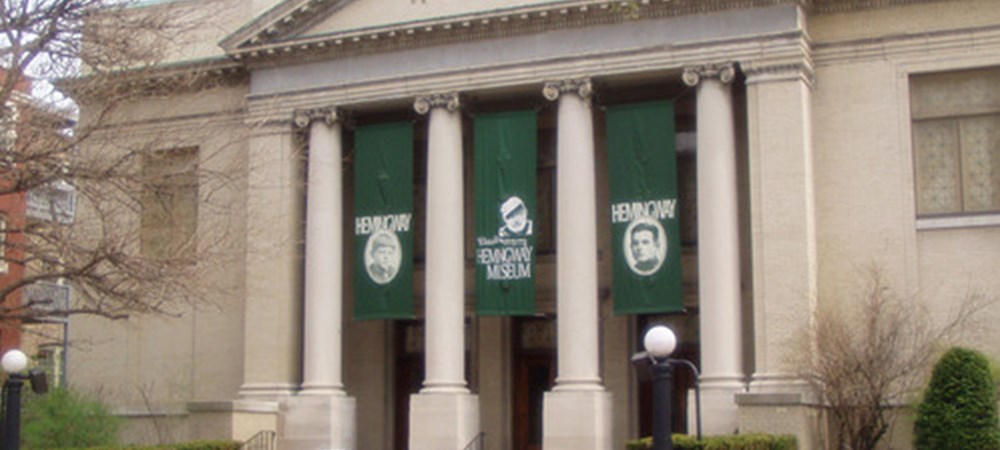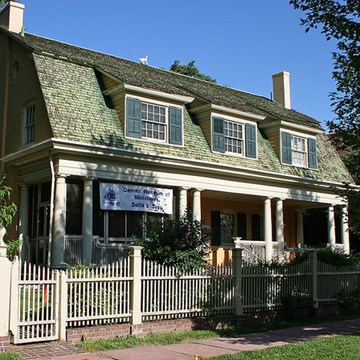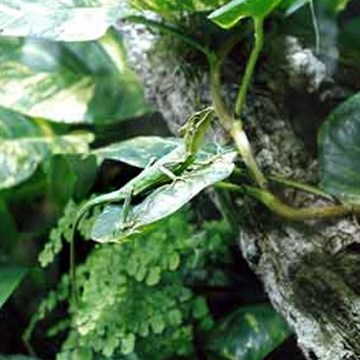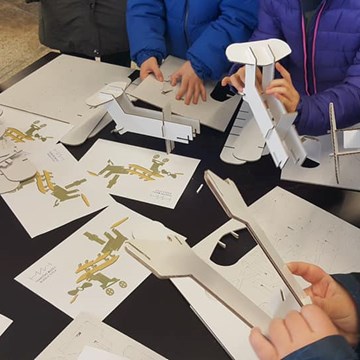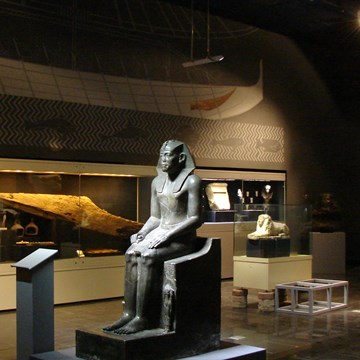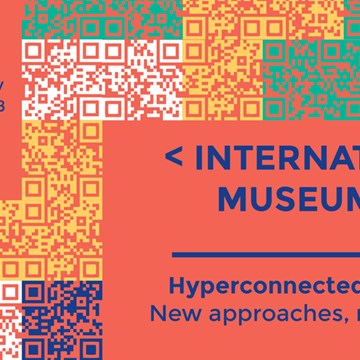Ernest Hemingway Birthplace and Museum
Hemingway's Birthplace is a good place to begin to explore the roots of the author's life and art. Here Ernest was born in a second floor bedroom on July 21, 1899. This Queen Anne house, built by his maternal grandparents and recently restored, is as it was when Ernest lived there. Young Ernest spent his first six years in these grand rooms rich with Victorian decor.
On the first floor, Hemingway joined his family in Grandfather Abba's Bible readings and prayers. His mother, Grace Hall Hemingway, gave music lessons in the parlor. The top floor of the tower was a mini-museum, where Ernest's father, Dr. Clarence Hemingway, kept his wildlife specimens. Grace's uncle, Tyley Hancock, who roomed on the second floor, had traveled widely. Ernest listened avidly to his colorful tales, and acted out poems and stories from the family's well-stocked library.
When Ernest was five, he watched Abba die, and with him a strong link to the Victorian Age. The family then left this house of ancestral echoes for a Prairie-style house, more streamlined like the new century-and Ernest's writing to come.
Just a short walk from the birthplace, housed inside the Oak Park Arts Center, the Ernest Hemingway Museum is host to permanent and temporary exhibits that explore the author's life. Kiosks fashioned from historic doors hold exhibits of rare photos and artifacts, including Hemingway's childhood diary and the famous letter from nurse Agnes von Kurowsky-later portrayed in A Farewell to Arms-terminating their engagement. Special exhibits highlight Hemingway's love of nature and the arts, along with his involvement in both World Wars and the movies. Other exhibits include The Eye of the Writer, Picturing Hemingway, and Hemingway and the Arts. A museum bookshop features books by and about the author, gift items, videos and posters.
Text source: http://www.ehfop.org/
Photo source: http://www.ehfop.org/
Exhibitions and events
We don't have anything to show you here.
Educational programs
We don't have anything to show you here.
Collections
We don't have anything to show you here.
